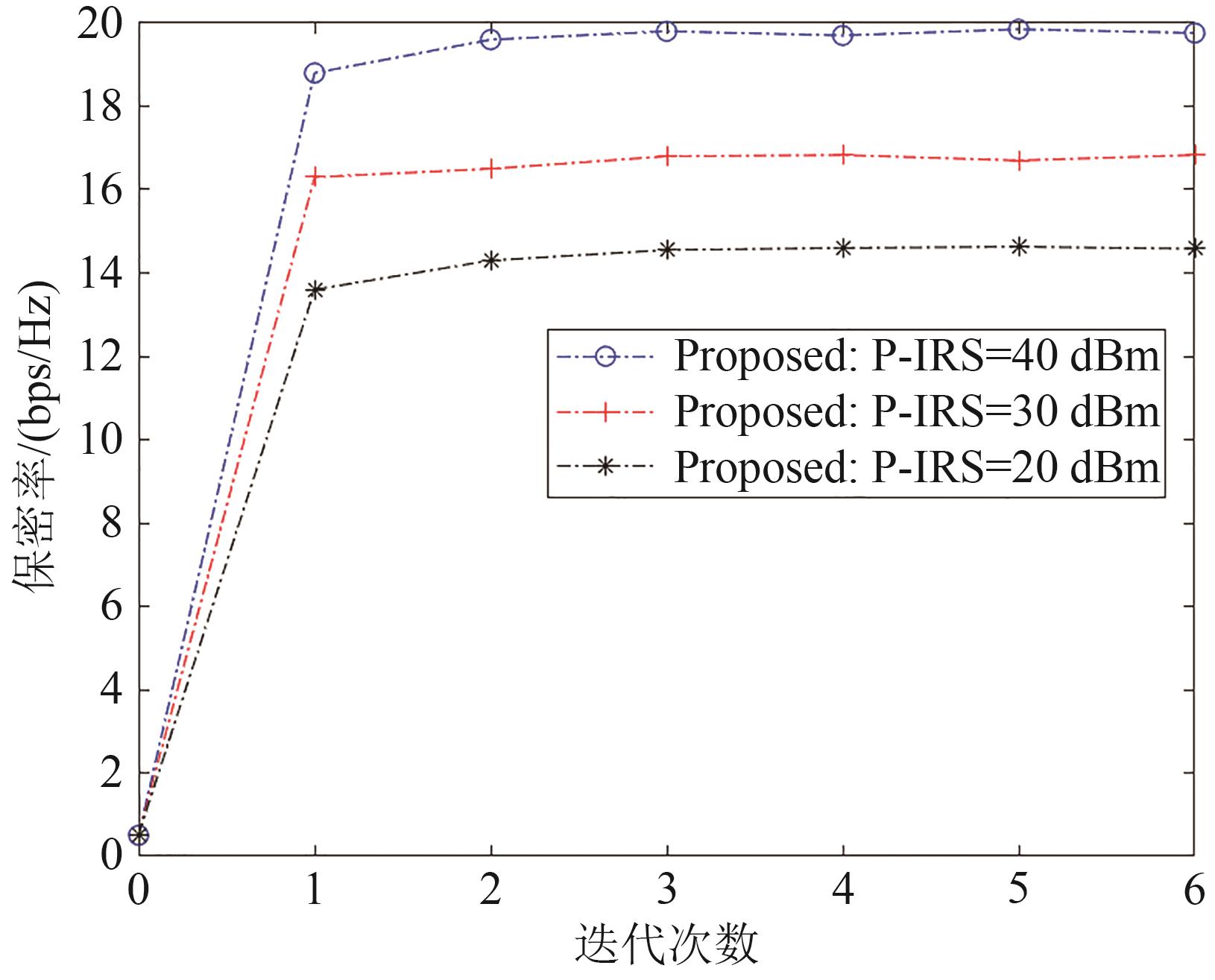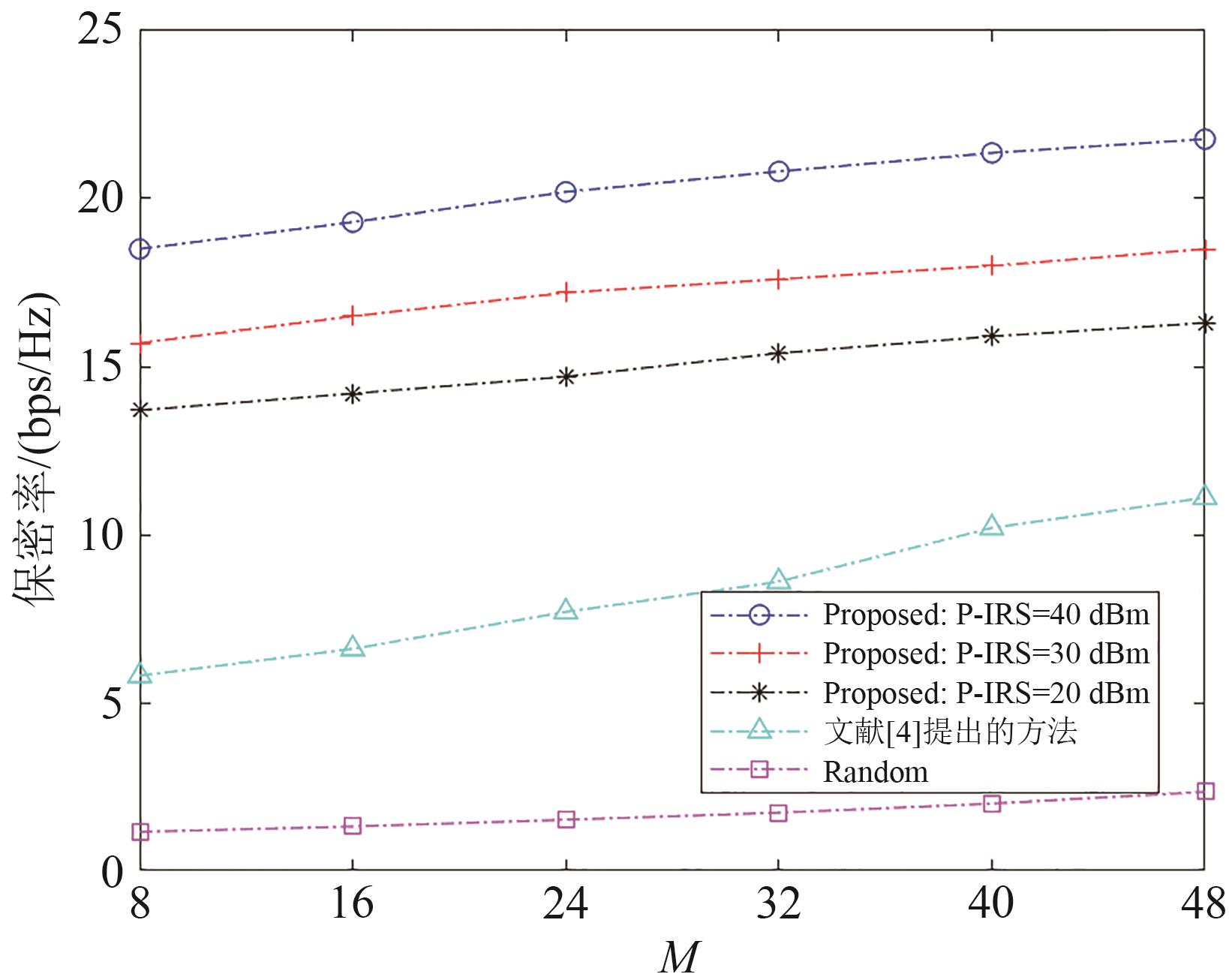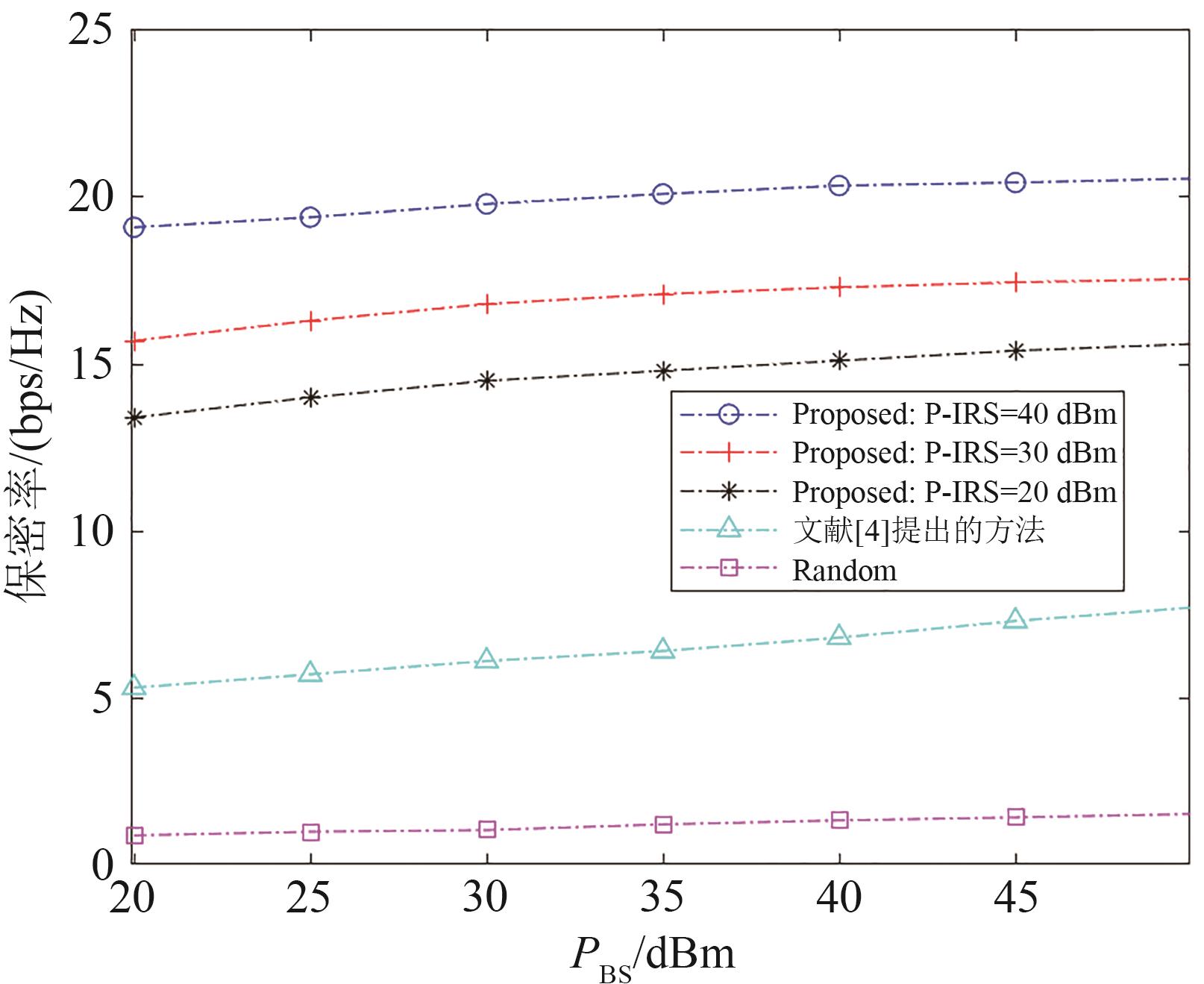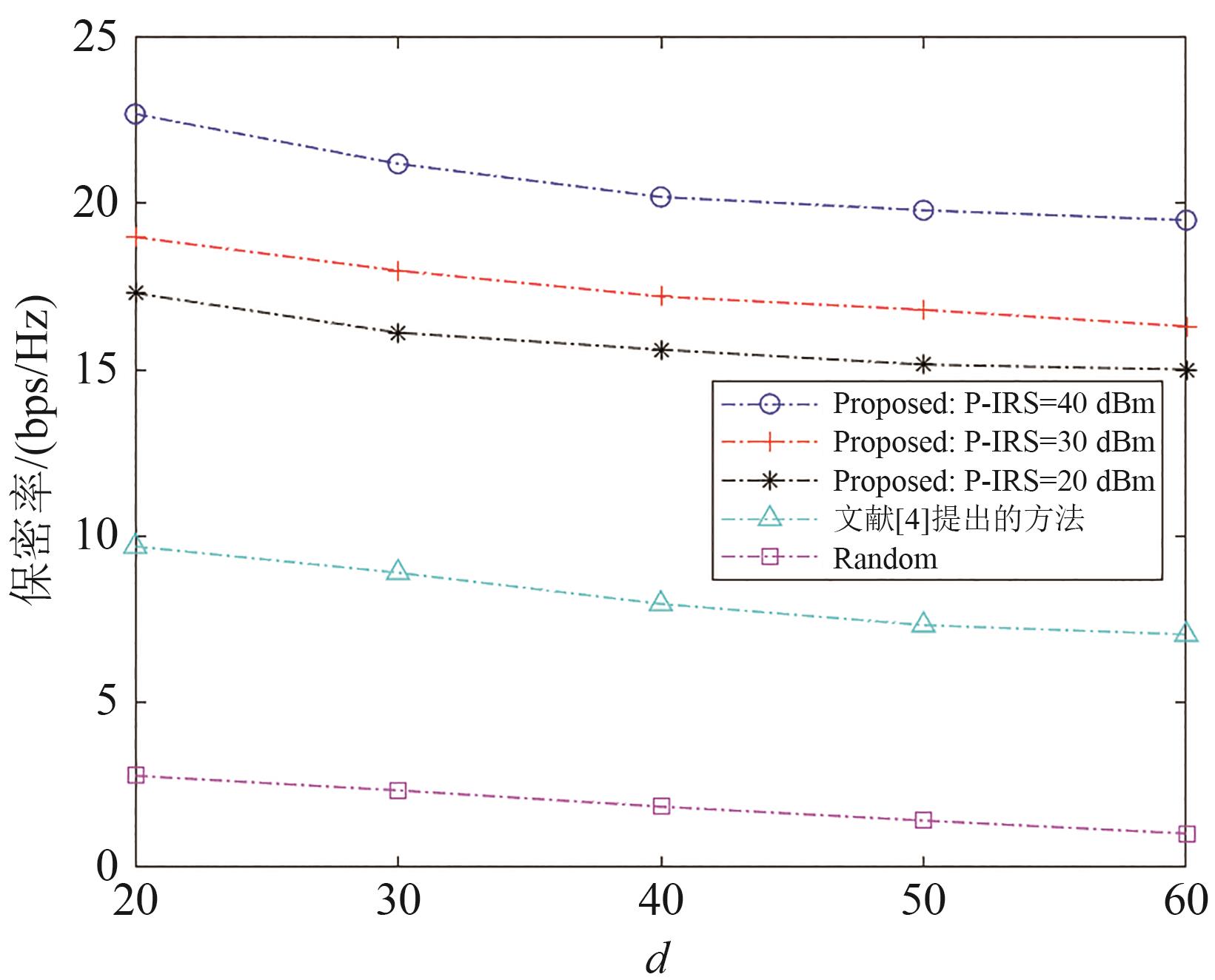Active Intelligent Reflecting Surface Assisted Beamforming Design of Secure Communication System
-
摘要: 智能反射面(Intelligent Reflecting Surface, IRS)由于其无源性和低功耗的特性引起了学术界和工业界的极大关注,目前已被用于物理层安全传输。IRS是一种具有潜力的创新技术,可以通过调整相移来反射信号,并为传输创造额外的链路。与没有IRS辅助的情况相比,IRS的存在有助于获得有限的保密性能增益。然而,由于发射机和用户之间的反射信道链路存在“双衰落”效应,为了补偿IRS辅助链路中的双衰落效应,传统上在IRS处布置了大量的反射单元(Reflecting Elements, REs),这导致了较大的表面尺寸以及相当大的电路损耗。在此基础上,我们提出一种新型的有源IRS设计方案,有源IRS相比无源IRS,不仅可以通过调节反射单元的相移,还可以通过调节振幅来控制波束成形,从而提高无线传输的安全性。本文考虑了在多天线基站,单天线用户和窃听者的情况下的有源IRS辅助的安全通信系统,用户和窃听者同时收到了由IRS反射来的信号,我们的目标是通过优化基站处的发射波束成形和有源IRS的反射波束成形,使得用户处的信息速率增大的同时,窃听者处的信息速率减小,从而使得系统的保密率最大化,为了解决基于该系统的非凸保密率优化问题,首先使用丁克尔巴赫方法将问题变为辅助变量相减的形式,再通过交替优化的方法,在优化基站处的发射波束成形时,使用了半定松弛(Semidefinite Relaxation,SDR)方法配合CVX工具箱进行求解;在优化有源IRS的反射波束成形时,使用了二次变换(Quadratic Transform, QT)技术和CVX工具箱进行求解。仿真结果表明,在有源IRS设计的帮助下,可以有效地缓解“双衰落”效应的影响,与现有的无源IRS的解决方案相比,可以获得更高的保密性能增益。Abstract: Intelligent Reflecting Surface (IRS) has attracted great attention from academia and industry due to its passivity and low power consumption. IRS has been used for secure transmission at the physical layer, it is a potential innovative technology that can reflect signal by adjusting the phase shift and create additional link for transmission. Compared with the situation without the assistance of IRS, the existence of IRS helps to obtain limited security performance gains. However, due to the “double fading” effect in the reflection channel link between the transmitter and the user, in order to compensate for the “double fading” effect in the IRS assisted link, a large number of reflecting elements (REs) are traditionally arranged at the IRS, which leads to a large surface size and considerable circuit loss. On this basis, we propose a new design scheme of active IRS. Compared with passive IRS, active IRS can not only adjust the phase shift of the reflection unit, but also control beamforming by adjusting the amplitude, thus improving the security of wireless transmission. In this work, we consider the active IRS assisted security communication system in the case of multi-antenna base station, single-antenna user and eavesdropper. The user and eavesdropper receive the signal reflected by the IRS at the same time. Our goal is to maximize the security rate of the system by optimizing the transmit beamforming at the base station and the reflection beamforming of the active IRS. In order to solve the non-convex security rate optimization problem based on the system, the Dinkelbach method is first used to change the problem into the form of auxiliary variable subtraction and then the semidefinite relaxation (SDR) method is used to solve the problem with CVX toolbox when optimizing the transmit beamforming at the base station through the alternate optimization method; Quadratic transform (QT) technology and CVX toolbox are used to optimize the reflection beamforming of active IRS. The simulation results show that with the help of active IRS design, the influence of “double fading” effect can be effectively alleviated, and higher security performance gain can be obtained compared with the existing passive IRS solutions.
-
-
[1] LI Si,DU Huiqin,ZHANG Duoying. Weighted sum rate maximization for intelligent reflecting surface assisted multiuser system with low-resolution DACs[C]// 2021 7th International Conference on Computer and Communications(ICCC). Chengdu,China. IEEE,2022:2101- 2105. doi:10.1109/iccc54389.2021.9674270 doi: 10.1109/iccc54389.2021.9674270
[2] HUANG Chongwen,ALEXANDROPOULOS G C,ZAPPONE A,et al. Energy efficient multi-user MISO communication using low resolution large intelligent surfaces[C]// 2018 IEEE Globecom Workshops(GC Wkshps). Abu Dhabi,United Arab Emirates. IEEE,2019:1- 6. doi:10.1109/glocomw.2018.8644519 doi: 10.1109/glocomw.2018.8644519
[3] 马好好,解培中,李汀. IRS辅助的安全通信系统波束成形嵌套优化算法[J]. 信号处理,2022,38(8):1728- 1736. doi:10.16798/j.issn.1003-0530.2022.08.018 doi: 10.16798/j.issn.1003-0530.2022.08.018 MA Haohao,XIE Peizhong,LI Ting. Beamforming nested optimization algorithm for IRS-assisted secure communication systems[J]. Journal of Signal Processing,2022,38(8):1728- 1736.(in Chinese). doi:10.16798/j.issn.1003-0530.2022.08.018 doi: 10.16798/j.issn.1003-0530.2022.08.018
[4] CAO Yashuai,LV Tiejun,NI Wei. Intelligent reflecting surface aided multi-user mmWave communications for coverage enhancement[C]// 2020 IEEE 31st Annual International Symposium on Personal,Indoor and Mobile Radio Communications. London,UK. IEEE,2020:1- 6. doi:10.1109/pimrc48278.2020.9217160 doi: 10.1109/pimrc48278.2020.9217160
[5] YU Xianghao,XU Dongfang,SUN Ying,et al. Robust and secure wireless communications via intelligent reflecting surfaces[J]. IEEE Journal on Selected Areas in Communications,2020,38(11):2637- 2652. doi:10.1109/jsac.2020.3007043 doi: 10.1109/jsac.2020.3007043
[6] CHU Zheng,HAO Wanming,XIAO Pei,et al. Secrecy rate optimization for intelligent reflecting surface assisted MIMO system[J]. IEEE Transactions on Information Forensics and Security,2021,16:1655- 1669. doi:10.1109/tifs.2020.3038994 doi: 10.1109/tifs.2020.3038994
[7] DONG Limeng,WANG Huiming,BAI Jiale,et al. Double intelligent reflecting surface for secure transmission with inter-surface signal reflection[J]. IEEE Transactions on Vehicular Technology,2021,70(3):2912- 2916. doi:10.1109/tvt.2021.3062059 doi: 10.1109/tvt.2021.3062059
[8] DONG Limeng,WANG Huiming. Enhancing secure MIMO transmission via intelligent reflecting surface[J]. IEEE Transactions on Wireless Communications,2020,19(11):7543- 7556. doi:10.1109/twc.2020.3012721 doi: 10.1109/twc.2020.3012721
[9] LI Kexin,DU Huiqin. Secure rate maximization for reconfigurable intelligent surface assisted transmission with low-resolution DACs[C]// 2021 7th International Conference on Computer and Communications(ICCC). Chengdu,China. IEEE,2022:1133- 1137. doi:10.1109/iccc54389.2021.9674286 doi: 10.1109/iccc54389.2021.9674286
[10] ZHANG Zijian,DAI Linglong,CHEN Xibi,et al. Active RIS vs. passive RIS:Which will prevail in 6G?[J]. IEEE Transactions on Communications,2023,71(3):1707- 1725. doi:10.1109/tcomm.2022.3231893 doi: 10.1109/tcomm.2022.3231893
[11] LONG Ruizhe,LIANG Yingchang,PEI Yiyang,et al. Active reconfigurable intelligent surface-aided wireless communications[J]. IEEE Transactions on Wireless Communications,2021,20(8):4962- 4975. doi:10.1109/twc.2021.3064024 doi: 10.1109/twc.2021.3064024
[12] LONG Ruizhe,LIANG Yingchang,PEI Yiyang,et al. Active intelligent reflecting surface for SIMO communications[C]// GLOBECOM 2020-2020 IEEE Global Communications Conference. IEEE,2020:1- 6. doi:10.1109/globecom42002.2020.9348047 doi: 10.1109/globecom42002.2020.9348047
[13] XU Dongfang,YU Xianghao,KWAN NG D W,et al. Resource allocation for active IRS-assisted multiuser communication systems[C]// 2021 55th Asilomar Conference on Signals,Systems,and Computers. Pacific Grove,CA,USA. IEEE,2022:113- 119. doi:10.1109/ieeeconf53345.2021.9723093 doi: 10.1109/ieeeconf53345.2021.9723093
[14] YOU Changsheng,ZHANG Rui. Wireless communication aided by intelligent reflecting surface:Active or passive?[J]. IEEE Wireless Communications Letters,2021,10(12):2659- 2663. doi:10.1109/lwc.2021.3111044 doi: 10.1109/lwc.2021.3111044
[15] WANG Peilan,FANG Jun,DUAN Huiping,et al. Compressed channel estimation for intelligent reflecting surface-assisted millimeter wave systems[J]. IEEE Signal Processing Letters,2020,27:905- 909. doi:10.1109/lsp.2020.2998357 doi: 10.1109/lsp.2020.2998357
[16] YU Xianghao,SHEN J C,ZHANG Jun,et al. Alternating minimization algorithms for hybrid precoding in millimeter wave MIMO systems[J]. IEEE Journal of Selected Topics in Signal Processing,2016,10(3):485- 500. doi:10.1109/jstsp.2016.2523903 doi: 10.1109/jstsp.2016.2523903



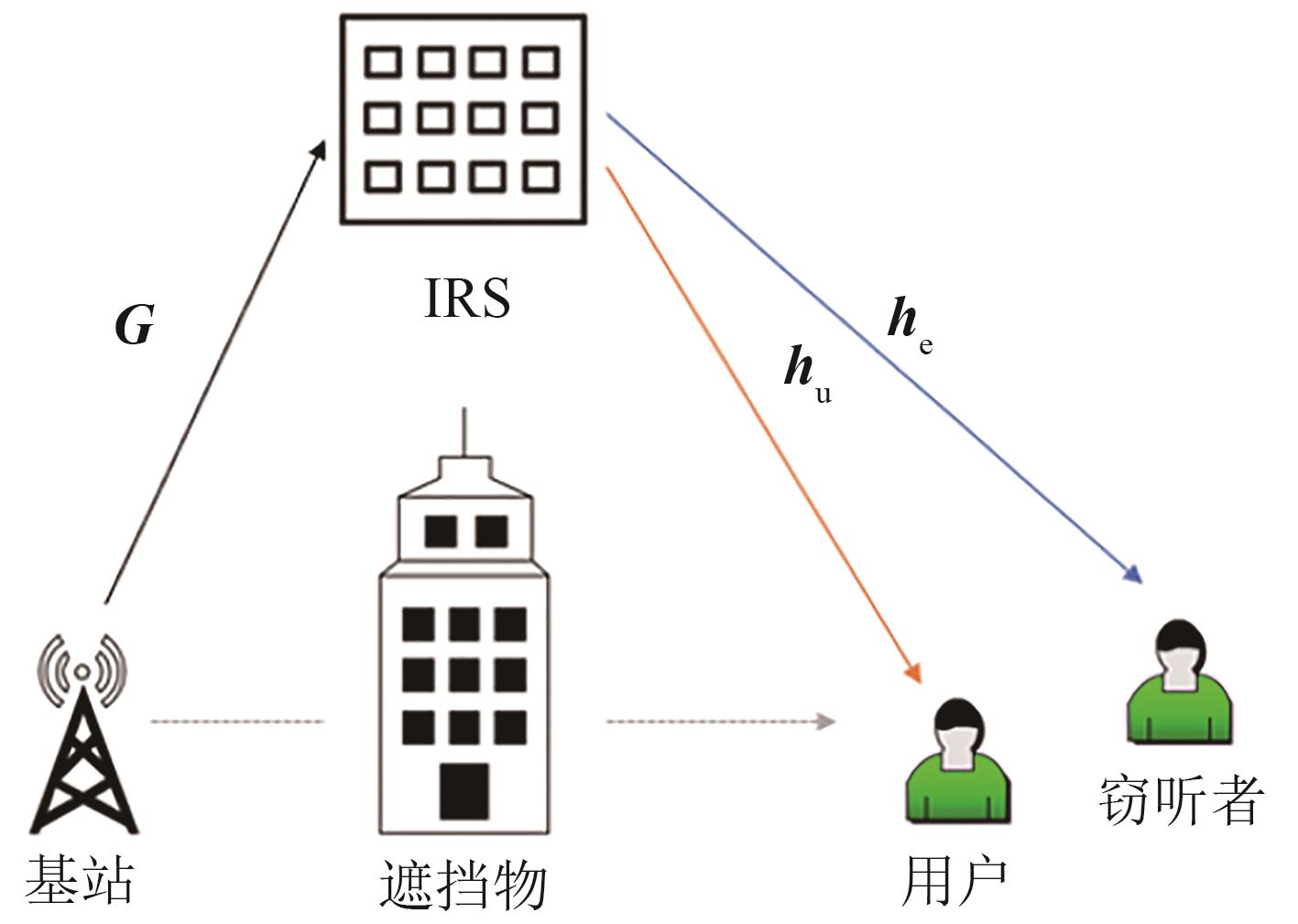
 下载:
下载:
